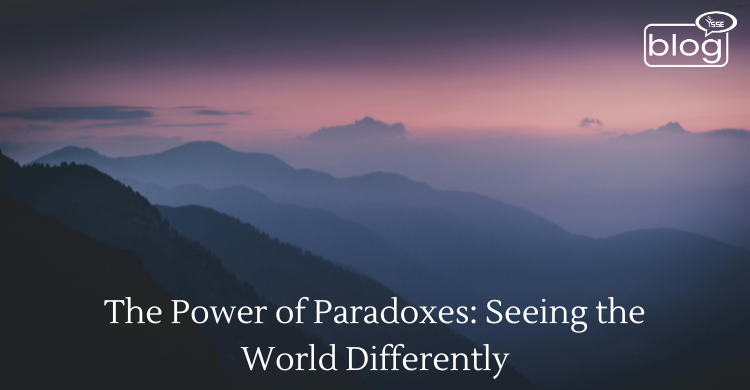While growing up, the famous quote written in the novel Molly Bawn (1878) by Margaret Wolfe Hungerford, which goes “beauty is in the eye of the beholder,” was told to us many times.
Did we ever think about what she actually meant by that?
The answer may be no for the majority of us, as we have just used it for the purpose of making our essays or other narrative writings more attractive and getting maximum marks from it. Basically, she expressed that beauty is a mere subjective thing, and it can change based on the person who sees it. As per this statement, beauty changes based on the perspectives of the observers.
For example, a normal person may see a flowering tree and say what a wonderful creation it is, but it can change in the case of a person who has mild OCD (obsessive-compulsive disorder). The person with mild OCD may notice if one or two flowers have been taken away from the tree. So, the perspective changes over time, although we look through the eyes made identically for everyone. More than 100 years have passed since that famous quote was coined by Margaret Wolfe Hungerford. Now, as things stand, as a society we are indulging frequently in the paradox of thinking.
The beauty perception, as mentioned earlier, is also a byproduct of thinking; hence, thinking and seeing are two correlated aspects. This perception (thinking and seeing) can be further explained under the below point.
The glass is half full or half empty
The modern-day perception of beauty or any kind of object can be understood through the glass half full or half empty question. Although this question is not a new one, in recent times it has become more relevant than ever. Generally speaking, when they answer this question, everybody looks into the same glass that has water halfway, and the difference arises when they describe the state of the glass. There are individuals who respond that the glass is half full, and there are individuals who respond that the glass is half empty; both are right.
But according to modern psychology, the people who say the glass is half full are considered to have optimistic minds, and those who say the glass is half empty are considered to have pessimistic minds. It has also been observed by psychology that the people who say the glass is half full are likely to gather positive input from any negative incidents and are more prone to learn from the mistake.
On the one hand, the people who say the glass is half empty are apparently to gather negative input from any negative incident, and they are prone to making the mistakes again and again. A majority of pessimistic people often indulge themselves in the realms of nihilism (a belief that life is meaningless). So, the self-contradictory prospect of seeing the world differently can be a blessing in disguise or a destructive tool.
In conclusion, the silver lining here is that the same eye having different views differentiates a law-abiding citizen from a ruthless criminal and vice versa.
To read more blogs like this, click here
Writer,
Mahabub Alam Patwary
Intern, Content Writing Department
YSSE

